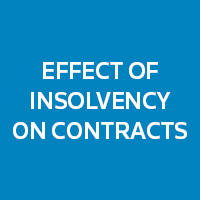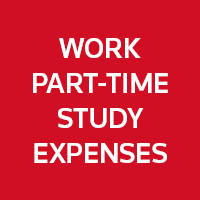ATO Turns Its Attention To Crypto
The meteoric rise of cryptocurrency (crypto) and NFTs (non-fungible tokens) has raised many eyebrows and has now also caught the attention of the ATO. Whether you’re trading crypto or NFTs as an individual or business, capital gains tax (CGT) applies to any gains you make regardless of whether the gain is in foreign currency or Australian dollars.
Most people are now familiar with cryptocurrency, which is a type of digital money created from code and usually takes the form of tokens or coins. The most well-known of which include Bitcoin, Ethereum, and Dogecoin. Non-fungible tokens are a comparatively more recent development which basically consists of a unit of data stored on a ledger to certify that a digital asset is unique. This has mostly been applied to artwork but can also include photos, videos and other types of digital files.
Based on its data holdings, the ATO will be writing to around 100,000 taxpayers with crypto assets explaining their tax obligations and urging them to review their previously lodged returns. It will also prompt another 300,000 taxpayers as they lodge their 2021 tax return to report their crypto capital gains or losses.
Individuals or businesses that dispose of crypto must work out if they made a capital gain or loss and report the resulting gain or loss in their tax return. Disposal of crypto can include exchange of one cryptocurrency for another cryptocurrency, trading, selling or gifting cryptocurrency, converting cryptocurrency to a government issued currency (ie Australian dollars).
Transfers of cryptocurrency from one wallet to another while maintaining ownership is not considered to be a disposal, however, if your crypto holding reduces during this transfer to cover a transaction fee, this fee is a disposal and has CGT consequences. In addition, if you acquire a small amount of crypto and use it within a short time to make personal purchases, the crypto may be considered to be a personal use asset and not subject to CGT.
In conjunction with contacting taxpayers, the ATO is also conducting a data-matching program which will consist of account identification and transaction data from cryptocurrency designated services providers from the 2021-2023 financial years. These details include the usual client identification information such as name, address, date or birth, phone number and email, but interestingly, now also includes social media account details. Transaction details will also be obtained which includes bank account details, wallet addresses, transaction dates/time/type, deposits, withdrawals, transaction quantities, and coin type.
It is estimated that records relating to approximately 400,000 to 600,000 individuals will be obtained each financial year under the program.
According to the ATO, while crypto appears to operate in an anonymous digital world, it closely tracks where crypto interacts with the real world through data from banks, financial institutions as well as online cryptocurrency exchanges to trace the money back to taxpayers. It will then match the data obtained from cryptocurrency designated service providers to either individual or business tax returns to ensure that the right amount of tax is being paid.
Need help to work out whether you need to pay CGT?
If you or your business has been dabbling in crypto and need help to work out whether those transactions are subject to CGT, we can help. The ATO is keeping a close eye on this relatively new financial area and it pays to get it right. Contact us today for expert help and advice.











